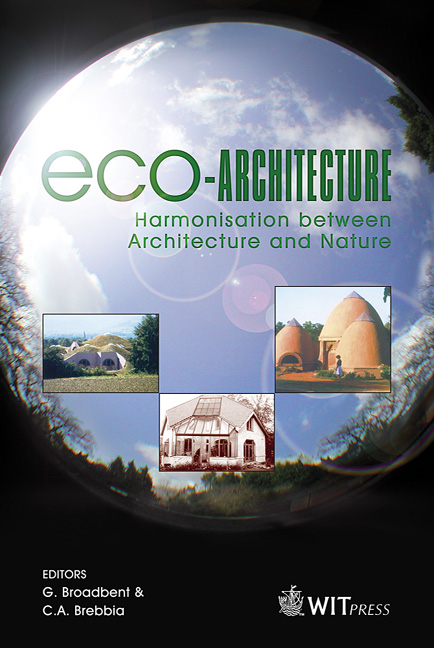In-between Architecture And Landscape, From Theory To Practice
Price
Free (open access)
Transaction
Volume
86
Pages
8
Published
2006
Size
476 kb
Paper DOI
10.2495/ARC060051
Copyright
WIT Press
Author(s)
B. Ott
Abstract
As both a theoretical and a practical construct, the domain that is neither architecture nor landscape, but of both, is a fertile ground for reflection. The theoretical is addressed by referencing an article by Rosalind Krauss which graphically relates sculpture, architecture and the landscape, including the domains in which they merge. However, the focus here is on the practical: in practice. The last forty years has seen an ideological shift born in the nascent environmental movement of the 1960s. The urge to connect a building to its context, to the landscape, to nature, has become common as we explore new technologies and materials, and mindfully engage siting options in order to produce more sustainable buildings. Presented and elaborated upon are three strategies, with examples, by which to approach this impulse: the metaphysical (by means of the analogy and metaphor), the spatial (as both relational and referential), and the physical, which includes all things material and technological. I conclude with a project in my practice which is driven by the idea that a building can sit in-between architecture and landscape. Keywords: architecture and landscape, environmental architecture, buildings and nature. 1 Theoretically speaking As a theoretical construct, the domain that is neither architecture nor landscape, but of both, is a fertile ground for reflection. From Rosalind Krauss’ articles of the mid-1970s to Virgil’s dictum that all architecture is an act of violence, we have pondered the encounter of the built with its physical context. Every act of intervention we make into the world is an interruption, an intrusion, in Virgil’s
Keywords
architecture and landscape, environmental architecture, buildingsand nature.





